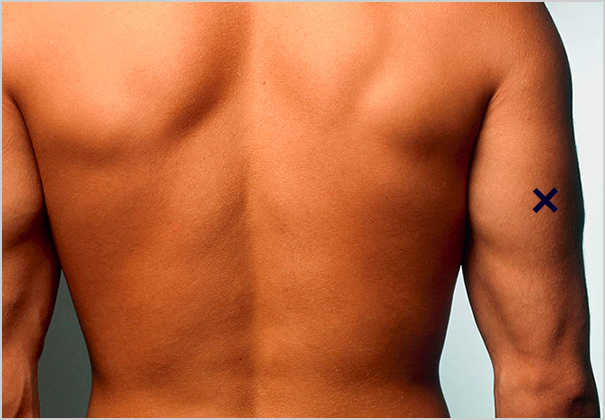

Estimates of body density, fat mass, FFM, or combinations of these are then derived using one of many regression equations. For reasons of timeliness and practicality the routine monitoring of body composition among athletic populations is often undertaken using anthropometric traits such as body mass and subcutaneous skinfold thickness measurements. 4 Selection of the appropriate technique is based on accuracy, reliability, expense, safety, portability, invasiveness, and technical expertise necessary to conduct the procedures. Several techniques are available for measurement of fat‐free mass (FFM) and muscle mass, including radiographic (computed tomography, magnetic resonance imaging, dual x ray absorptiometry), metabolic (creatinine, 3‐methylhistidine), nuclear (total body potassium, total body nitrogen), and bioelectrical impedance. 3 While between‐subject experimental data are of interest, coaches and athletes at the elite level are more interested in monitoring within‐subject longitudinal changes as they prepare for major competitions. In rowing, performance is correlated with absolute levels of fat‐free mass. Data collected during the 1999 Rugby Union World Cup revealed correlations between final ranking and body size, 2 with teams consisting of the larger forwards being more successful. 1 However, in sports demanding high strength and power, absolute levels of lean or muscle mass may be more closely associated with competitive success than body fat.

Among adult athletic populations much of the focus on assessment of physique traits has centred on routine monitoring of body fat levels on the basis of the negative implications of excess body fat on frontal body surface area, power to weight ratio, and thermoregulation. Physique traits are known to influence competitive success in many individual and team sports.


 0 kommentar(er)
0 kommentar(er)
